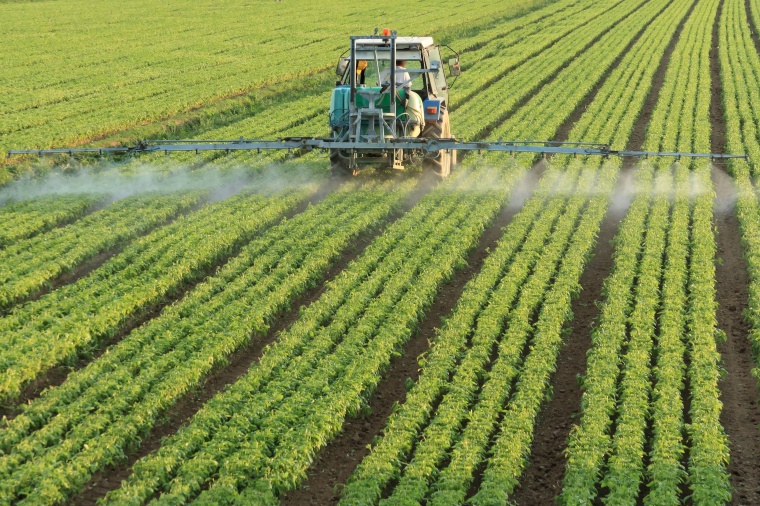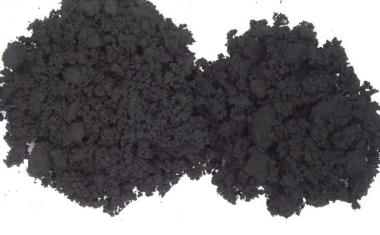Latest Neonic Studies Still Leave Questions

Two large-scale studies examining the effects of neonicotinoid pesticides (neonics) on bee populations published last week in the journal Science suggested that they may be harmful. At the same time, however, the data was not generally regarded as clear-cut enough to provide definitive answers to lingering questions.
One of the studies examined bee populations in three European countries and the other looked at Canada. The European study found negative effects on wild and honeybee populations in the UK and Hungary after exposure to neonicotinoids (neonics). For reasons not entirely clear, in Germany one positive, possibly temporary, effect of the pesticides on bees was found.
On the whole, the European researchers said, the findings suggested that neonics are "a cause for concern.” This study had been eagerly awaited, especially as the EU’s temporary moratorium on the use of the pesticides on flowering plants, imposed in 2014, is due to be reviewed this year.
For the research, three types of bees were placed in 33 canola fields in the three selected countries. In Hungary, honeybee egg production was seen to decrease and fewer worker bees survived the winter. In the UK, worker numbers decreased as did drones in a certain wild bee species. In Germany, drone numbers for the same wild species and honeybee egg production actually increased.
Trying to account for the regional differences, the scientists said that nearly half the pollen picked up by bees in Hungary and the UK came from canola, but in Germany the number was only 10%, meaning that this country offered a wider variety of flowers to, potentially diluting the bees’ exposure.
Altogether, the research produced a number of variables that reviewers said could affect conclusions. Many British bees, for example, were found to have the Varroa destructor mite, which is one of the pests Bayer has blamed for bee deaths. Bees in Hungary fell victim to a fungal infection. The German bees had less disease, which led the researchers to conclude that overall bee health may play a role.
In Canada, the studies found that bees were exposed to 26 different pesticides. While neonics were underrepresented, their effects were said to be long-lasting. A study conducted by the US Environmental Protections Agency (EPA) last year found that neonics harm bees when used on certain crops such as citrus and cotton. Bayer initially criticized the study but later called it “scientifically sound.”
As the discussion over the effects of neonics rages on, with environmental advocacy groups favoring an outright ban and many farmers (along with the producers) opposed, the European Food Safety Authority (EFSA) is assessing all studies and data for a full re-evaluation of neonicotinoids, with results expected this November. EFSA's scientific assessment will play a major role in determining whether the European moratorium on neonicotinoid use remains in place.
But whether the food safety authority’s vote will be firm enough not to be challenged may be a more important question as the ongoing dispute over the threat proposed by bisphenol A (BPA) illustrates.
While EFSA said its review of the chemical used to produce polycarbonate and epoxy resins for can liners last year did not produce enough evidence to revise its temporary tolerable daily intake recommendation, the European Chemicals Agency (ECHA) last month unanimously voted to add BPA to the list of substances of very high concern (SVCH) under the EU’s REACH legislation.
















